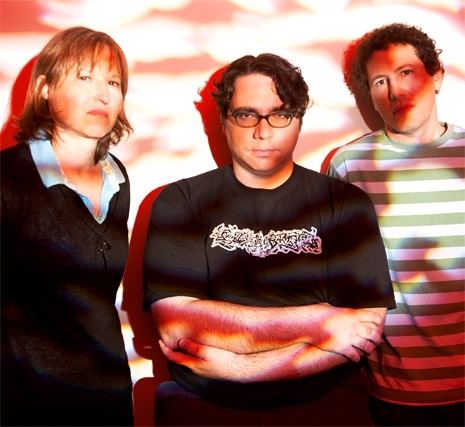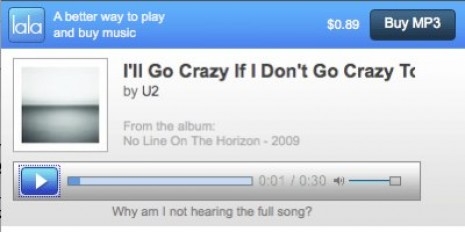
It may be impossible, I suspect, to fully catalog every song that Yo La Tengo has covered. Between their legendary request sets during WFMU’s frequent telethons (call in and pledge a donation and they’d play, live on air and on-the-spot, whatever song you asked for) and their 12-year run of guest- and covers-heavy Hanukkah shows at the late lamented Hoboken venue Maxwell’s (so it’s clear: the Hanukkah shows were for all eight nights of the holiday), the number of covers they’ve done in their thirty-some-odd years of existence surely must run over a thousand.
And yet, the band has begun a Spotify playlist to collect, in once place, the songs they’ve covered. These are mostly the originals, not YLT’s versions, with the exception of their new version of the Cure’s “Friday I’m in Love” (we told you about that one not so long ago), so they’re limited by what’s even on Spotify to begin with, and they’ve got a long way to go. The list currently stands at only 56 songs. To illustrate how ridiculously short that falls of the band’s actual covers repertoire, the 2006 album Yo La Tengo is Murdering the Classics alone sports thirty covers, plus a medley of 8 more. Eleven of the sixteen songs on their classic album Fakebook are covers. And well over half of the forthcoming Stuff Like That There…. you get the point, right? So I’m assuming the playlist is a work in progress. By all means give it a listen and have fun cruising the series of tubes for YLT’s versions. It’s a worthwhile timesuck if you like rock music—you like rock music, right? Meantime, I’m going to a share few YLT covers that I consider essential but are absent from the list.
Their WFMU cover of Daniel Johnston’s “Speeding Motorcycle,” with Johnston himself literally phoning in the vocals, is still legendary after 25 years. It even got a painfully limited 7” release once. It’s easier to come by on the album Genius + Love = Yo La Tengo. Or you could just check it out right here.
A whole lot more music after the jump…











